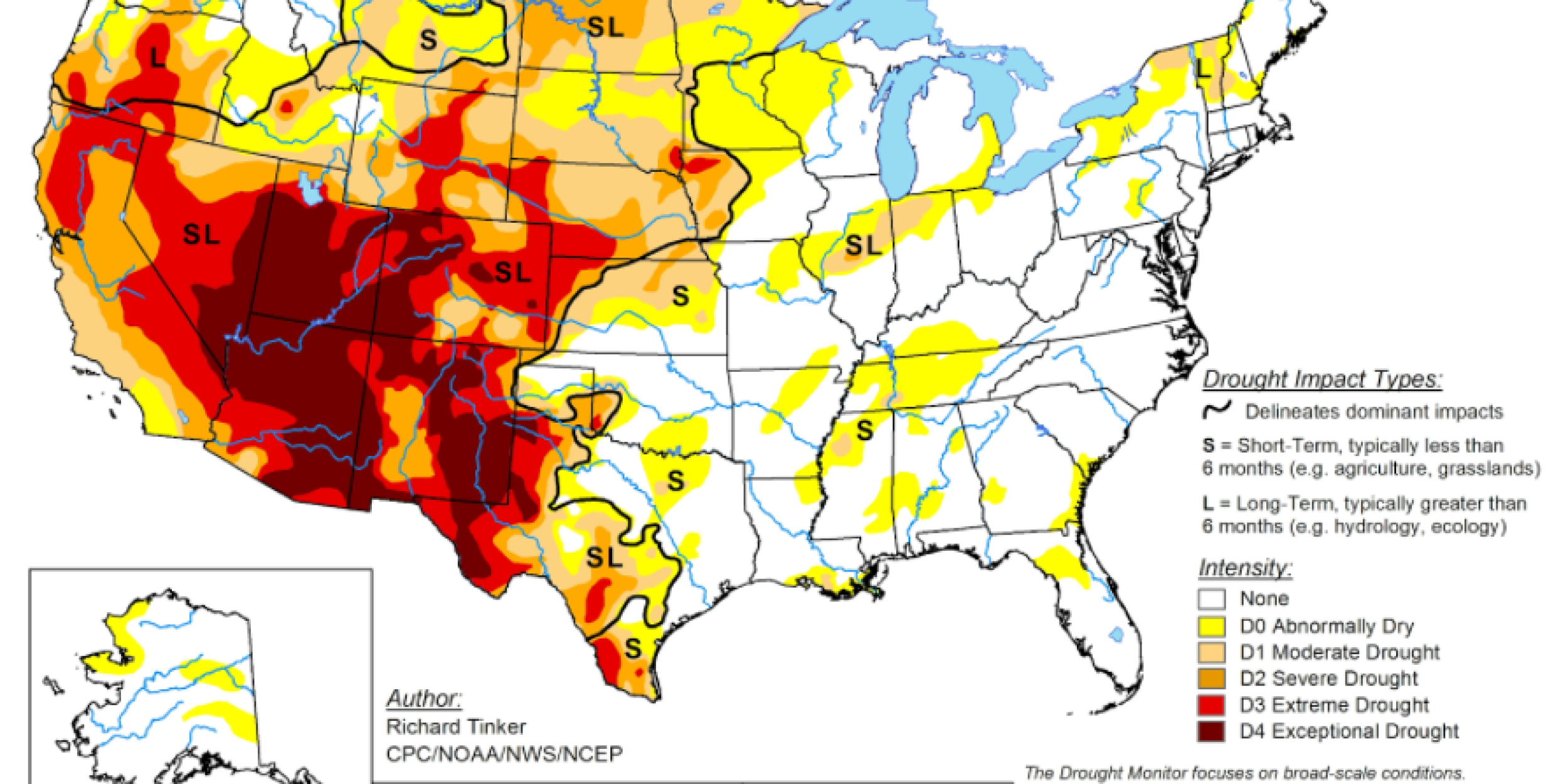Somewhat lost in the many ongoing crises is the fact that the United States is experiencing its worst drought since the 2012-2013 episodes, which caused nearly $50 billion in impacts. Forty-five percent of the CONUS land mass is currently in drought, with 32% in severe or worse drought. The Drought Task Force, funded and organized by CPO’s Modeling, Analysis, Predictions, and Projections (MAPP) program and CPO-led National Integrated Drought Information System (NIDIS) program to study and improve drought physical science capabilities, is rapidly pivoting to apply its scientific research to this ongoing event.
According to NOAA’s seasonal drought outlook, the drought is expected to persist across much of the west, and worsen in Kansas, Oklahoma, Texas, and the Southeast. There is currently a La Niña event in the Tropical Pacific, which typically corresponds to dry conditions west of the Mississippi and in the southeast United States in the January-April period. Improvement is expected in parts of the Pacific Northwest. The Drought Task Force’s rapid response will help understand the ongoing drought’s causes, how our science is helping us understand the drought, to what extent climate change is playing a role, and how the event may evolve.



